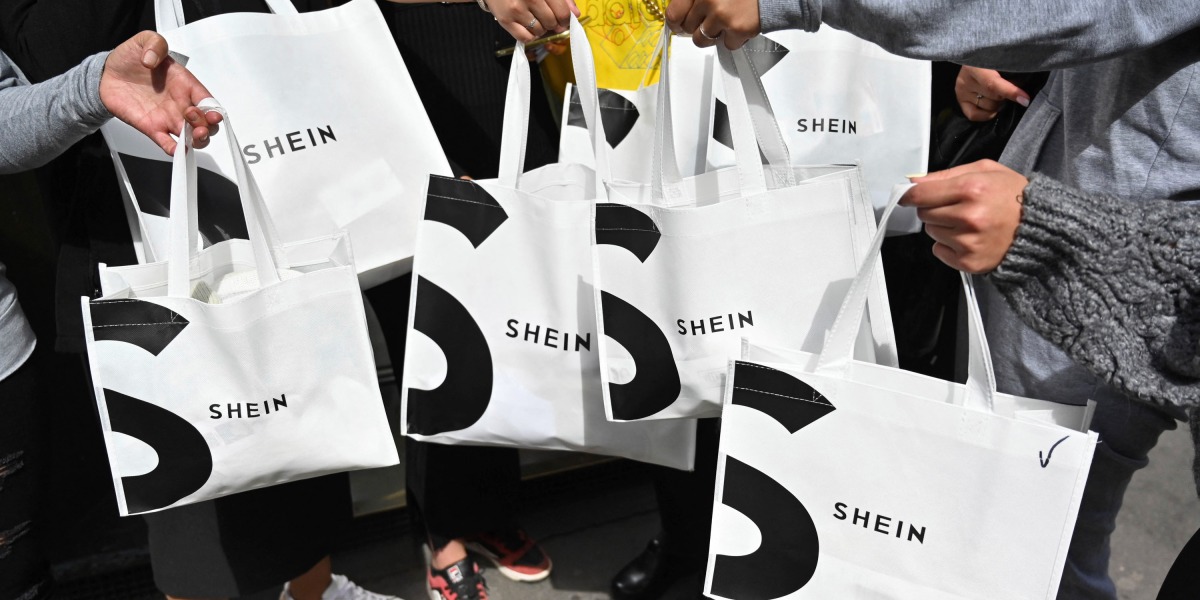
Have you shopped on Shein? I have, a few times, and I’m not really proud of it. Apart from the universal sin of fast fashion—the overproduction and overconsumption of disposable clothes—Shein in particular has been accused of working with sweatshops, copying indie designs, and even sourcing cotton from government forced-labor programs in Xinjiang.
Until recently, the company has been known for its secrecy. Shein executives seldom talked to any media, in China or in the West. But in June, Shein invited six US fashion and beauty influencers to visit China and tour its facilities. They have varying numbers of followers, ranging from as few as 30,000 to over 1 million.
Where did these influencers go? According to social media posts, they went to an unnamed supplier factory, a Shein “innovation center” in Guangzhou, and a distribution center in the nearby city of Zhaoqing.
Throughout the trip, at least according to the videos shared and the captions, the influencers were wowed with the clean and modern factory, the robot-filled assembly line, and the “honest” conversations they had with workers there.
“I expected this facility to be so filled with people just slaving away, but I was actually pleasantly surprised that a lot of these things were robotic. Honestly, everybody was just working like normal, like chill, sitting down. They weren’t even sweating,” Destene Sudduth, one of the influencers invited, said in a TikTok video.
But if the influencers were impressed, other social media users clearly weren’t. After the news got out last week, some mocked the influencers and suggested they were being led on by Shein—saying the company was showing them a model factory that didn’t accurately reflect typical conditions. The backlash grew so big that many of the influencers deleted their posts.
It’s no surprise that Shein is working with influencers to burnish its image. The company is facing immense opportunities and risks at the same time. Shein has been talking about going public for a long time now. (It is currently valued at $66 billion, an impressive amount but down from a peak of $100 billion last year.)
